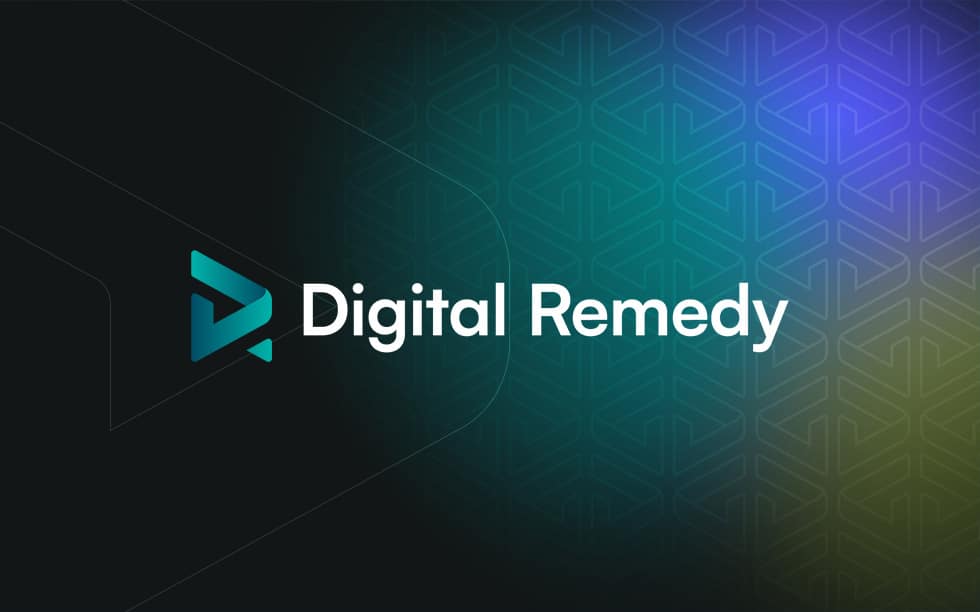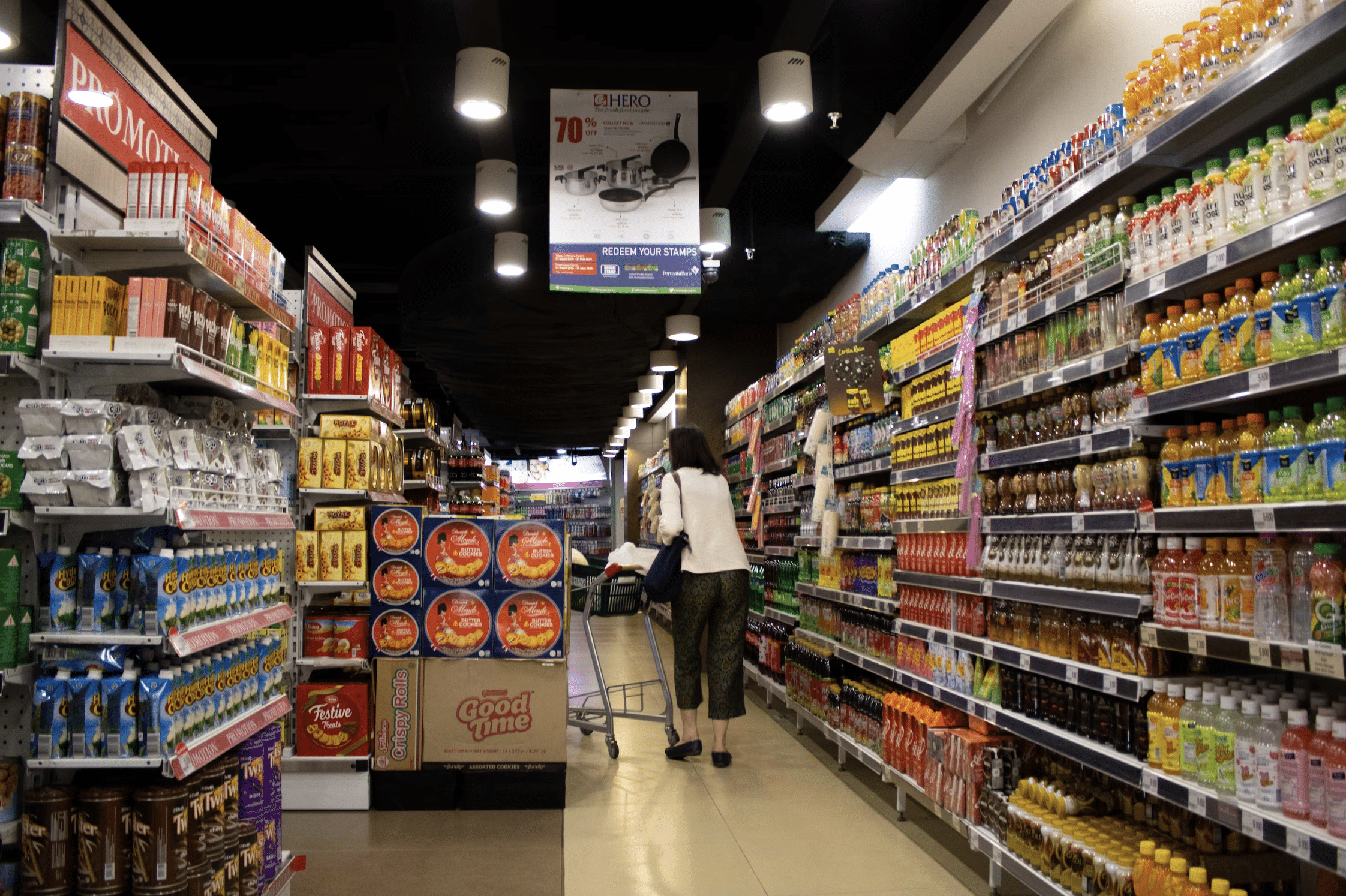Feb 18, 2020
This week, Digital Remedy celebrates its 20th Anniversary. I want to thank each and every person who helped us secure our position in the ad tech space—without our people and partners like you, Digital Remedy would not be the industry leader we are today. As we look ahead to the next 20 years, we recognize that we must…

This week, Digital Remedy celebrates its 20th Anniversary. I want to thank each and every person who helped us secure our position in the ad tech space—without our people and partners like you, Digital Remedy would not be the industry leader we are today.
As we look ahead to the next 20 years, we recognize that we must continue to swerve with the industry in order to stay ahead of the inevitable changes still to come. With 2020 now in full swing, Digital Remedy is already working hard to stay on top of our game. From shifting data privacy regulations and an upcoming historic presidential election to the continued climb of OTT popularity, we are prepared to give our partners the support, insight, and tactics needed to succeed in the digital landscape.
With the new year also comes new goals for Digital Remedy, and we have a lot in store for the year ahead. First, we will continue our progress on corporate social responsibility, starting with integrating sustainable practices into everyday operations in an effort to foster a healthy, happy community. Already this year, we’ve kicked off a new, company-wide recycling and green initiative—our team is excited to continue this momentum and find new ways to bring Digital Remedy into the new, greener world.
Above all else, our aim this year—and every year—is to continue providing the market with the best products and services the industry has to offer to help achieve and exceed any digital goal. Thank you to our partners, clients, and team members for an amazing two decades.
We can’t wait to see what’s next. Cheers to the next 20 years,
Mike Seiman
Founder, CEO
Related Posts

In today’s ever-evolving digital landscape, effective marketing strategies demand innovation and precision. YouTube TV advertising has emerged as a.

The consumer packaged goods (CPG) industry is elbowing through a tight market. Between pressing supply chain challenges, shifting shopper.

The age-old maxim of “think globally, act locally” isn’t just embraced by marketers for local mom-and-pop businesses. Today, massive.